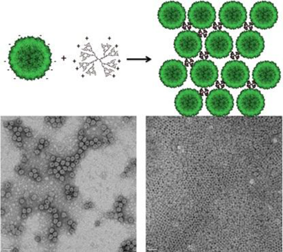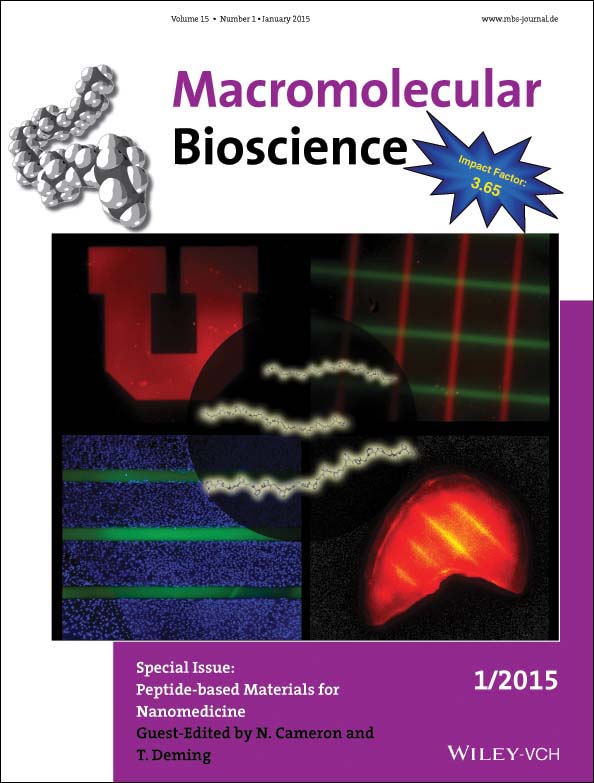Clustered Nanocarriers: The Effect of Size on the Clustering of CCMV Virus-Like Particles With Soft Macromolecules
Abstract
Virus-like particles (VLP) could enable a wide variety of biomedical applications in therapy, drug delivery, and imaging. They are biocompatible and can be self-assembled into larger structured materials for additional functionality and potentially better biodistribution, which is still a challenging aspect. Here we investigate the role of the VLPs size and resulting Caspar Klug symmetry in forming clusters out of these building blocks, showing that the onset point for clustering is determined by steric considerations of the binding site and binding agent. The clustering is independent of cargo and the data suggests that rotational symmetry in the T = 3 capsid allows for hexagonal close packed structures, whereas the T = 1 capsid that lacks a six-fold and twofold rotational axis does not show such organization.




